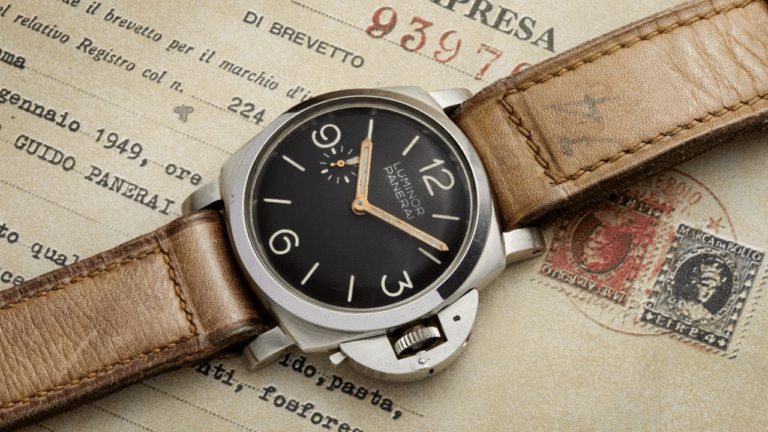Customs Brokerage Tips for the Fashion & Apparel Industry
The fashion and apparel industry is fast-paced, trend-driven, and heavily reliant on smooth, efficient supply chains. Whether you’re importing high-end couture, seasonal collections, or mass-market basics, delays at customs can cost you more than just money—they can cost you market relevance.
To avoid unnecessary duties, shipment delays, or compliance issues, fashion brands must work hand-in-hand with a knowledgeable customs broker. Here are essential customs brokerage tips tailored specifically for importers in the fashion and apparel industry.
1. Understand Product Classification with HS Codes
Every product imported into Canada must be classified using the Harmonized System (HS) codes. In the apparel industry, classification can be particularly complex due to material type, garment construction, and gender-specific categorization. A small error in the HS code can lead to:
- Higher duty rates
- Border delays
- Post-entry audits
Tip: Keep accurate product descriptions and material breakdowns ready (e.g., 60% cotton, 40% polyester) to ensure proper classification.
2. Track Changes in Tariff Rates and Trade Agreements
Fashion importers often source garments and accessories from countries like China, Bangladesh, Vietnam, or India. With evolving global trade dynamics, duty rates may change due to:
- Free trade agreements (e.g., CETA, CPTPP)
- Anti-dumping tariffs
- Safeguard measures
Being up to date on Canada’s current tariff structure helps you forecast costs and adjust your sourcing strategy accordingly.
3. Leverage Valuation Methods Properly
For customs purposes, the valuation of imported goods must reflect the transaction value—the price actually paid or payable. But in fashion, pricing often involves royalties, licensing, design fees, and related-party transactions, which may need to be included in the declared value.
Tip: Maintain transparency and detailed invoices to justify your declared values to the Canada Border Services Agency (CBSA).
4. Prepare for Seasonal Volume and Compliance Checks
The apparel industry typically faces high-volume imports during seasonal periods (spring/summer and fall/winter lines). During these times, CBSA scrutiny also increases. Fashion importers must be proactive in ensuring:
- Complete and correct documentation (commercial invoices, B3 forms, packing lists)
- Accurate country of origin declarations
- Proof of tariff preference if applicable (e.g., CETA Certificate of Origin)
5. Use Apparel-Specific Customs Expertise
Fashion products vary widely—from footwear and handbags to baby clothes and performance wear. Each category may be governed by different rules regarding labeling, fiber content disclosure, and marking requirements.
Tip: Work with a customs brokerage team that understands the unique nuances of the fashion industry to reduce clearance risks.
6. Automate and Centralize Compliance Records
Whether you’re a small boutique label or a large apparel chain, managing customs compliance digitally ensures better visibility, accountability, and speed. Digital documentation helps you:
- Respond faster to CBSA queries or audits
- Identify patterns in classification or duty payments
- Maintain a clean compliance history
7. Partner with a Specialized Customs Broker
An experienced customs broker can become a valuable extension of your logistics and compliance team. For fashion and apparel businesses, partnering with a brokerage that understands garment construction, trade regulations, and CBSA expectations can make all the difference in meeting launch deadlines and managing costs.
For example, Clearit Canada offers streamlined, fashion-friendly brokerage services with expert tariff classification, real-time shipment tracking, and full post-entry support, making the import process faster and more transparent for apparel brands.
Final Thoughts
The fashion industry’s speed-to-market demands mean customs delays or mistakes aren’t just inconvenient—they’re costly. By understanding classification rules, staying current on trade changes, and working with a specialized customs broker, you can clear goods efficiently and focus on what you do best: creating and selling great fashion.







